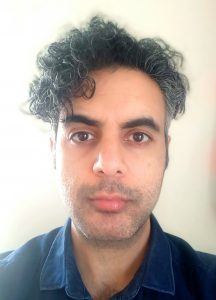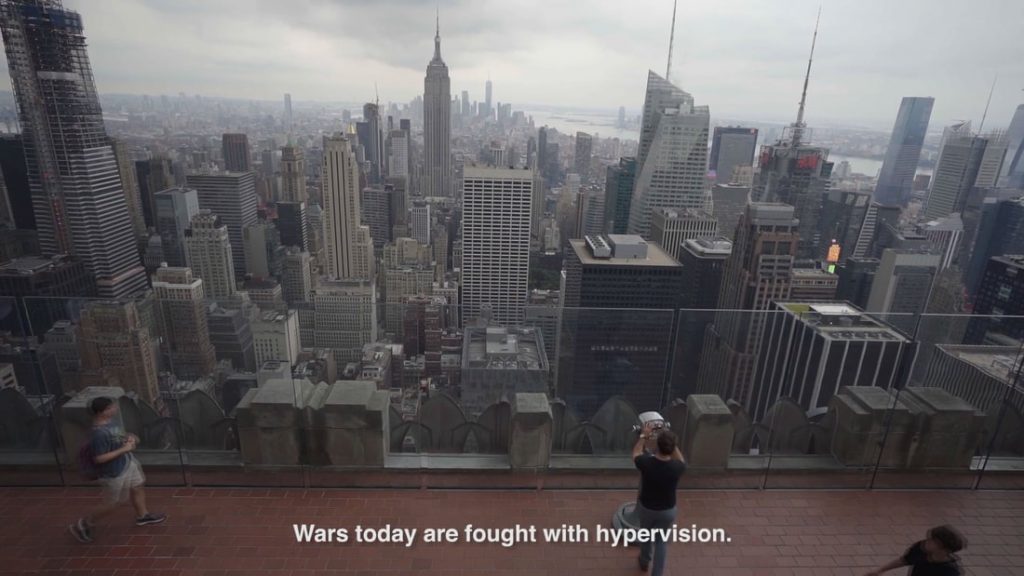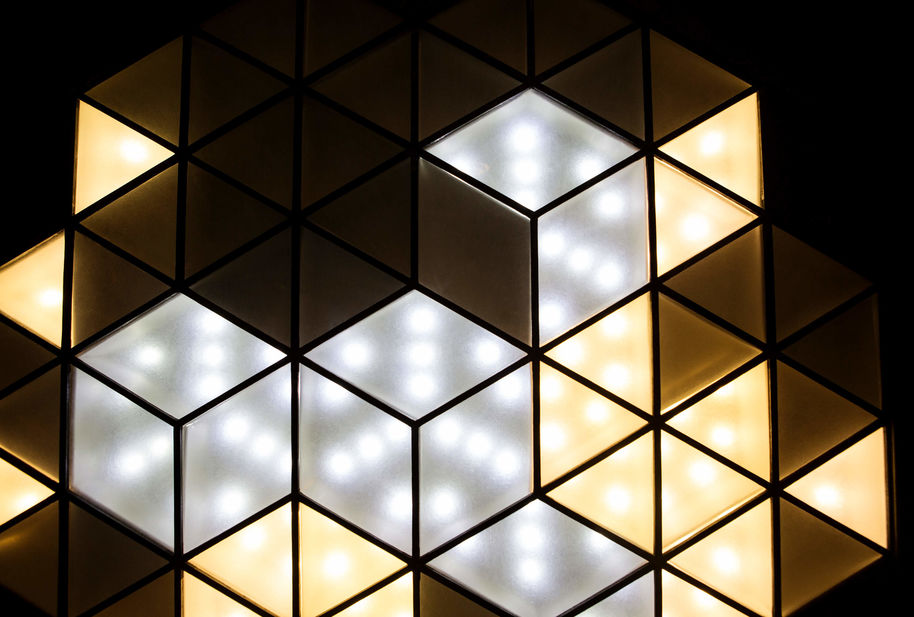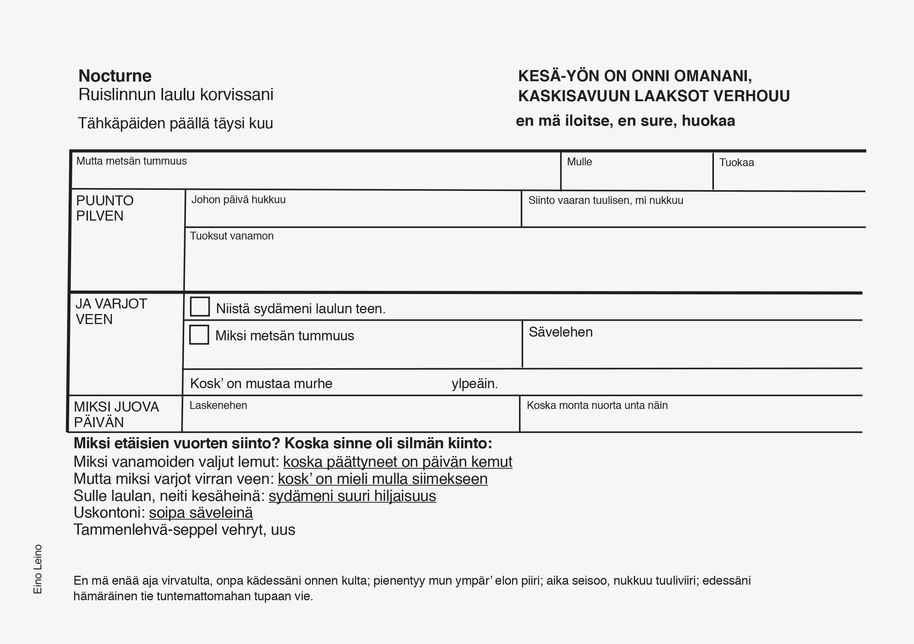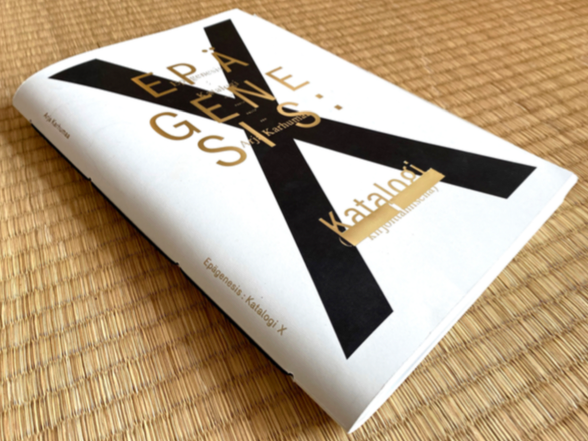WELCOME TO THE THIRD NEW MEDIA DOCTORAL SEMINAR OF THE SPRING SEMESTER!
The seminar will take place in Zoom on Thursday, 28 April, starting at 16:30 and ending at 18:30 (UTC/GMT+2, Helsinki, EEST). Mediated by Professor Lily Díaz-Kommonen, we have an interesting presentation by Mamdooh Afdile about his work ‘Toward implicit cinema. A search for a Numinous filmic experience.‘
Before the presentation we will also have a guest talk titled ‘Composing the Performance’ by Professor Kent Olofsson who is a collaborator in Mahdooh Afdile’s recent work ‘Implicit Cinema’. Kent Olofsson is a Professor of performing arts for the research area Concept and Composition at the Stockholm University of the Arts.
In his presentation, Professor Olofsson will discuss how he has been exploring musical composition as a dramaturgical device in the creation of performing arts. He will use examples from his works in theatre, dance, radio plays and opera to demonstrate the artistic processes that aim to integrate the elements in performances into polyphonic theatre experiences. He will also discuss artistic methods in the collaborations with performers, scenographers, playwrights, and directors. His methods challenge traditional hierarchies and working structures, which change and expand working roles in productions.
Zoom link: Please click here to join the seminar!
PRESENTATION
‘Toward implicit cinema. A search for a Numinous filmic experience.’
by Mamdooh Afdile
ABSTRACT
Predicting how cinematic experiences will evolve in the future is a challenging task, arguably because the fundamental question of why we watch movies is still not clear. A number of theories were proposed to answer this question, yet the debate is still ongoing. In this brief presentation I will propose my answer to this question based on novel results from unpublished data providing an insight on the leading motivation for watching fictional movies. Furthermore, I will also present preliminary results from my current artistic research “Implicit cinema”, that builds upon these findings. Implicit cinema is a meditative and reflexive audiovisual experience inspired by Carl Jung’s Active Imagination method. This audiovisual experience aims to give an alternative to the hyperstimulative media we are currently surrounded with, by engaging in a self-reflecting experience, facilitated by projective viewing mode.
BIOS
Mamdooh Afdile is a filmmaker and researcher interested in interdisciplinary approach to filmmaking and production by integrating neuroscientific and psychological perspectives to audiovisual art practice. In 2019 Afdile developed PMSM; a method for investigating the subconscious brain with movies, in collaboration with neuroscientists at the brain and mind lab in Aalto. In his latest publication in 2021 he introduced the Scientific Hypothesis Approach to filmmaking practice, which was showcased in his short film “Helsinki Accord”. Currently Afdile is an Assistant Professor in the film and media department at Stockholm University of the Arts.
Kent Olofsson is a composer and an artist in the field of performing arts with an extensive artistic output that spans a broad range of genres, ensemble types, art forms and contexts including music for orchestra, chamber music, electronic music, contemporary theatre, dance performances, opera, radiophonic art, and rock music. In recent years his artistic work and research has been particularly focused on exploring musical composition as dramaturgical strategies in interdisciplinary and intermedial theatre performances. In his thesis Composing the Performance: An exploration of musical composition as a dramaturgical strategy in contemporary intermedial theatre from 2018 he discusses artistic and collaborative processes in performances that are situated in the intersection between contemporary theatre, new music, radio plays and performance art. Recent works and productions include the highly acclaimed Independence Day and In Search of Lost Time (a staging of Proust’s novel), two intermedial stage works created in collaboration with actor, writer and director Nina Jeppsson. Olofsson is a Professor of performing arts for the research area Concept and Composition at the Stockholm University of the Arts.


